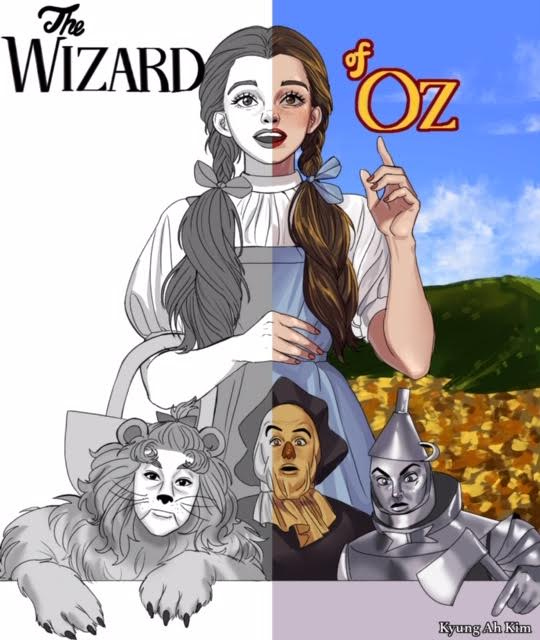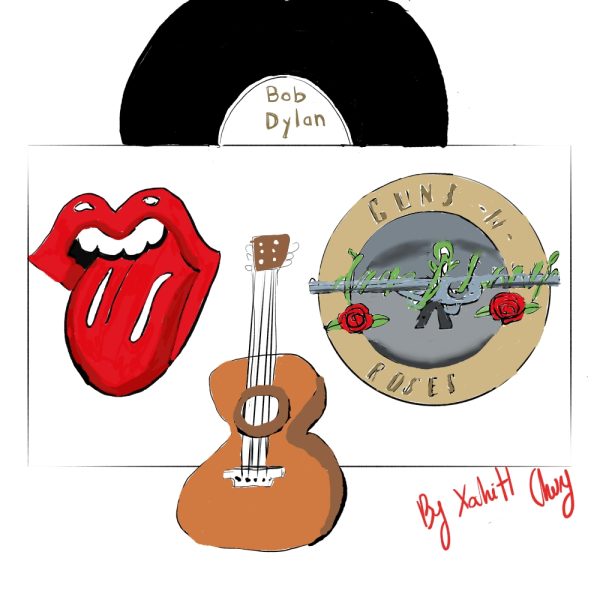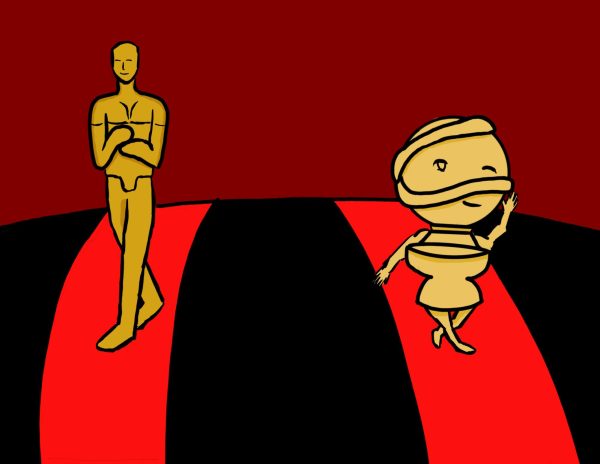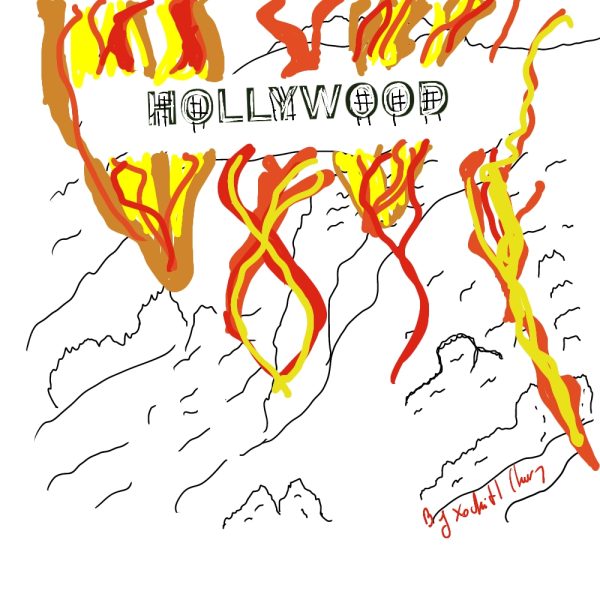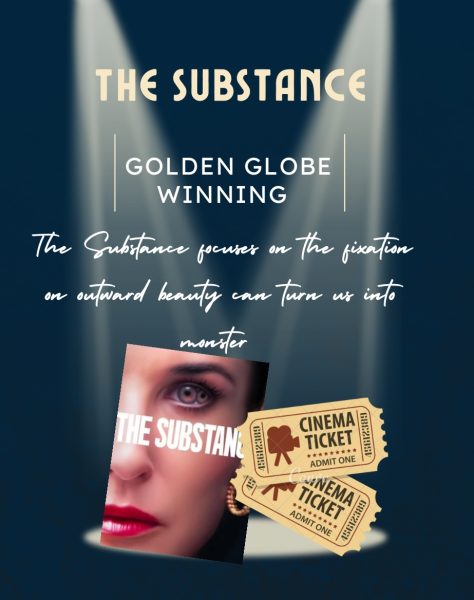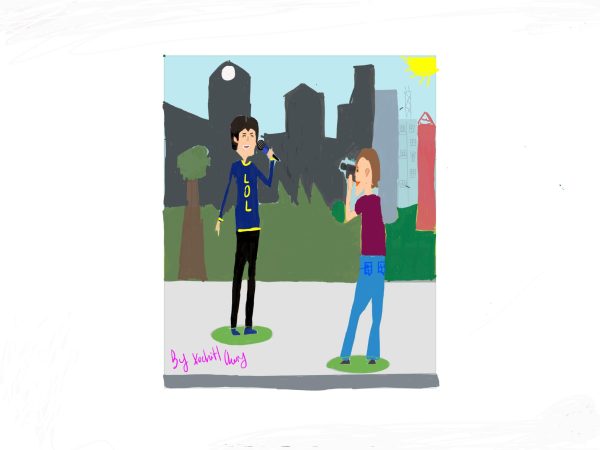Colors in film have sneaky psychological effects
Seeing a movie in theaters is an extremely different experience from watching movies at home. The magic of cinema comes alive with the use of vibrant color. Emotion is often triggered by the clever and introspective use of color on the silver screen. Casual moviegoers may not bother to notice this tool, but directors use color to evoke emotions. The use of color can also help enhance the set of a movie. Using different color palettes throughout one movie can help the viewer get a sense of what is going on in the film. The first ever technicolor film, The Wizard of Oz, was made in 1939. The transition from black and white to color in the twister scene changed the mood of the movie for the audience. It quickly transforms from a dark and dreary Kansas to a youthful and happy Munchkinland. Additionally, the directors incorporated a rainbow, which is a symbol of hope. The director of The Wizard of Oz wanted to include colored scenes because one of the main themes in the movie is hope.
On the contrary, an example of this can be seen throughout the Star Wars movies, especially in the movie The Phantom Menace. Every Star Wars movie uses color in a psychological way but one main instance of this can be seen in the fight scene between the team consisting of Qui-Gon Jinn and Obi Wan Kenobi against Darth Maul. The use of fluorescent green, blue and red light creates a sense of tension. The color red is psychologically proven to suggest anger while the color yellow is supposed to suggest happiness. Director George Lucas uses fluorescent colors in The Phantom Menace to create a sense of animosity for the characters.
Not only are fluorescent colors used, but muted tones and colors are also used in movies. Color in film can be categorized by tone, saturation level, hue and value. All of these components affect the way viewers perceive emotion though the media, specifically through cinema. One great movie that shows the effect of muted tones is the Grand Budapest Hotel, directed by Wes Anderson. In the film, a concierge of the most famous hotels in Hungary named Mr. Gustavo hires a new bellboy, Zero. The movie follows the charismatic adventures that these two have together. The color purple is used to show Gustavo’s authority in the hotel. On the other hand, the movie utilizes hues of pink and cream to symbolize youth and naïvity in one of the main characters, Agatha. Her romance with another character named Zero is also characterized with these same colors.
Color has been utilized in movies since the beginning of technicolor film. It has the power to make you feel many different types of emotions at once and it is even the reason why people continue to go to the cinema!
Your donation will support the student journalists of Saint Viator High School. Your contribution will allow us to purchase equipment and cover our annual website hosting costs.



